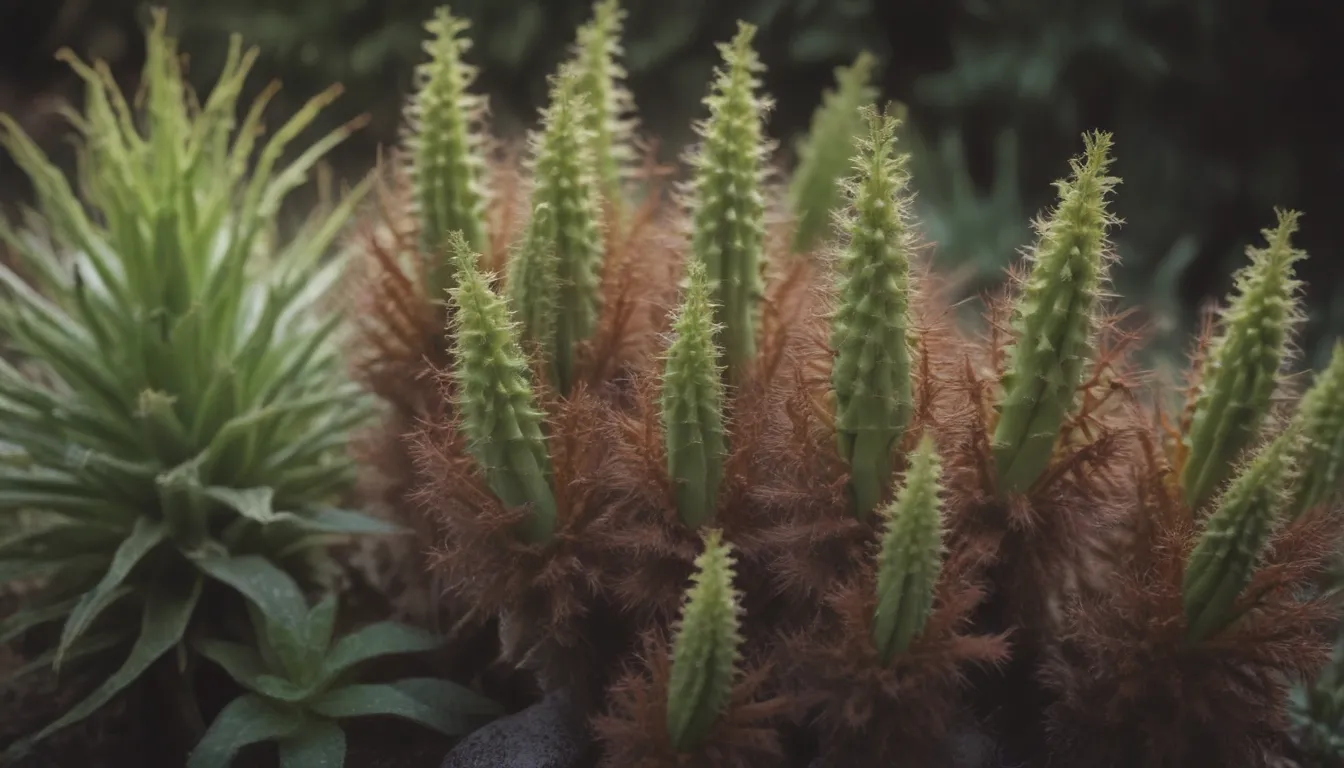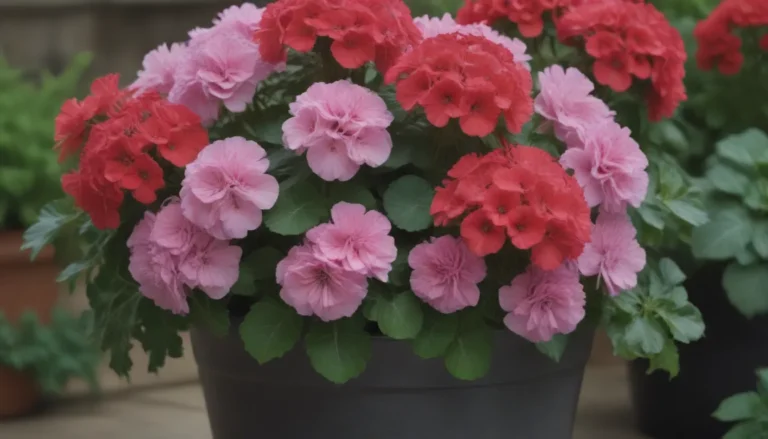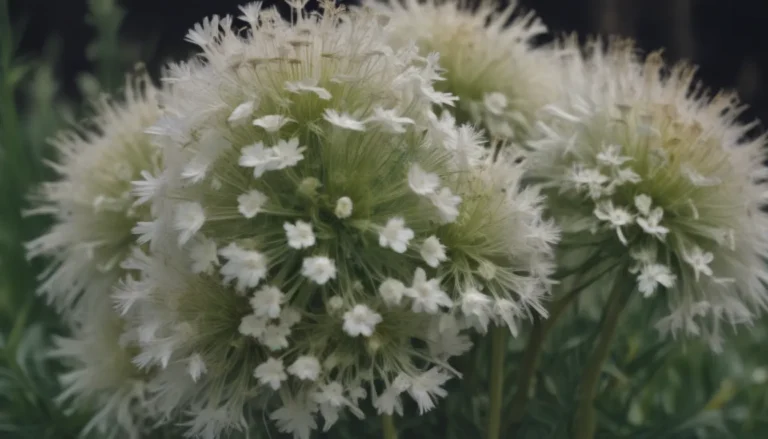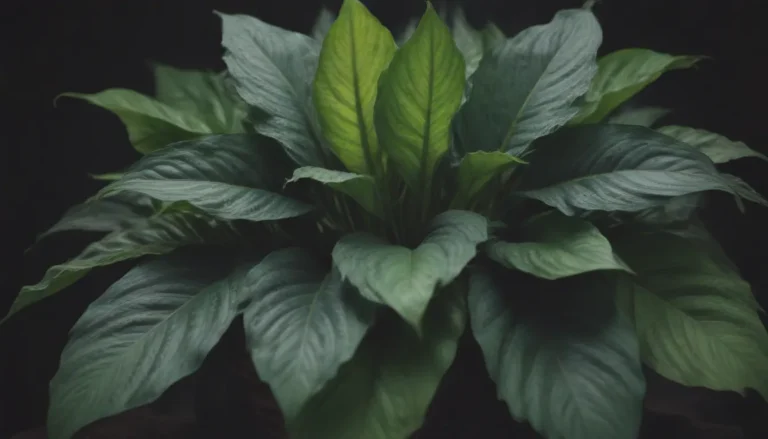The Complete Guide to Growing and Caring for Mother of Thousands Plants

Are you fascinated by the unique growth pattern of mother of thousands plants? Known by various names such as chandelier plant, mother of millions, and devil’s backbone, these plants belong to the Kalanchoe genus and are popular among plant enthusiasts for their distinctive appearance. If you’re looking to add a mother of thousands to your collection or already have one and want to ensure it thrives, this comprehensive guide is for you.
Understanding Mother of Thousands
Before delving into the care requirements for mother of thousands plants, it’s essential to understand their unique characteristics. These plants display a signature growth pattern where numerous plantlets develop along the ridges of their scalloped leaves. While they are visually appealing, it’s crucial to exercise caution when growing mother of thousands, as they are toxic to both humans and pets.
Mother of Thousands Care Tips
To help your mother of thousands plant thrive, it’s important to provide it with the proper care. Here are some key care requirements to keep in mind:
Light
Mother of thousands plants prefer a bright spot with indirect light to prevent leaf scorch. While they appreciate several hours of light, intense afternoon sun should be avoided. Finding the right balance of light is crucial for the plant’s overall health.
Soil
Like most succulents, mother of thousands plants thrive in well-drained soil. Using a cactus mix or incorporating sand or perlite into standard potting soil can help improve drainage. Opting for a clay pot can also aid in absorbing excess moisture and protecting the plant from water-related issues.
Water
While mother of thousands plants are drought-tolerant, they still require regular watering, especially during their growing season. However, it’s important to allow the soil to dry out between waterings to prevent over-saturation of the roots. During the fall and winter, reduce watering to avoid limp leaves.
Temperature and Humidity
Maintaining temperatures between 65 to 75 degrees Fahrenheit is ideal for mother of thousands plants. Additionally, ensure they are not exposed to excessive direct sunlight and bring them indoors if temperatures drop below 40 degrees Fahrenheit. Monitoring temperature and humidity levels can help promote healthy growth.
Fertilizer
Mother of thousands plants, like most Kalanchoe species, can thrive without regular fertilization. However, providing a balanced fertilizer occasionally can support their growth and overall health.
Types of Mother of Thousands Plants
There are several species within the Kalanchoe genus that exhibit the classic mother of thousands growth pattern. Some common varieties include:
- Kalanchoe daigremontiana
- Kalanchoe delagoensis
- Kalanchoe fedtschenkoi
- Kalanchoe blossfeldiana
Each of these species offers unique characteristics, but they share the common trait of producing plantlets along the edges of their leaves.
Pruning and Propagating
When it comes to caring for mother of thousands plants, pruning is minimal and primarily involves removing dead stalks and fallen plantlets. Propagation is easily done by using the plantlets produced by the main plant. Simply remove the plantlets when they are ready and place them on a well-drained, damp potting medium to encourage root growth.
Potting and Repotting
Regular repotting may be necessary if fallen plantlets have taken root in the pot of the mother plant. When repotting, ensure the new container has good drainage to prevent waterlogged soil. Moving the plant to a slightly larger pot and using well-draining soil can promote healthy growth.
Overwintering and Common Pests
During the winter months, it’s important to bring mother of thousands plants indoors to protect them from temperatures below 40 degrees Fahrenheit. Be mindful of placing them near heaters, as direct heat can harm the plant. While mealybugs and aphids can be potential pests, mother of thousands plants are generally resistant to common plant diseases.
Blooming and Maintenance
Mother of thousands plants bloom readily under proper conditions, such as adequate sunlight and nutrient-rich soil. Deadheading spent blooms can stimulate new flower growth and keeping the plant in a bright location can ensure continuous blooming. Caring for the plant after it blooms involves removing spent stems and providing consistent care as usual.
Conclusion
In conclusion, growing and caring for mother of thousands plants can be a rewarding experience for plant lovers. By understanding their unique growth patterns and following the recommended care tips, you can enjoy healthy and vibrant plants in your collection. Whether you’re a beginner or experienced gardener, incorporating these guidelines into your plant care routine can help you cultivate thriving mother of thousands plants that enrich your indoor or outdoor space. Happy gardening!





